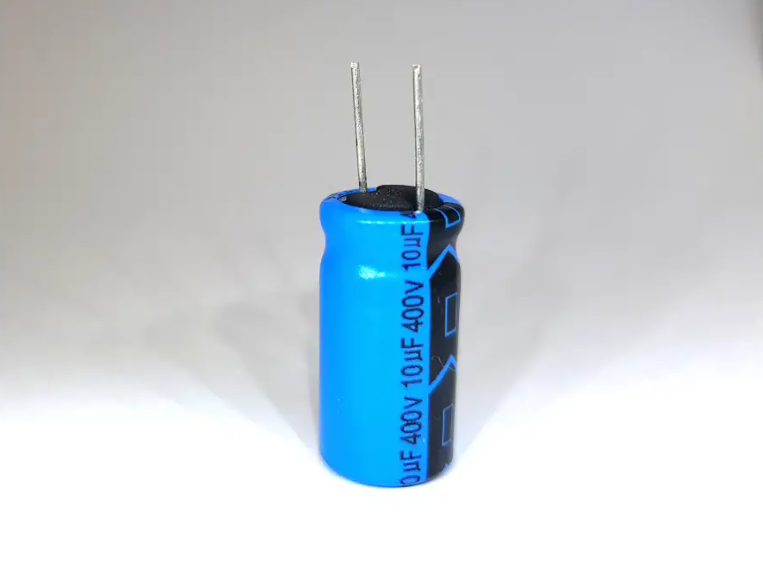Understanding the Difference Between Electrolytic Capacitors and Normal Capacitors
Introduction
When it comes to electronic components, capacitors play a vital role in various circuits. They are widely used in different applications, from simple electronic devices to complex systems. In this article, we will delve into the difference between electrolytic capacitors and normal capacitors. By understanding their unique characteristics and applications, you'll be able to make informed decisions when selecting the right capacitor for your project.
Normal Capacitors
Normal capacitors, also known as non-polarized capacitors, are one of the most common types of capacitors used in electronic circuits. These capacitors can store and release electrical energy, providing stability and filtering in electrical systems. Normal capacitors are typically constructed with two metal plates separated by a dielectric material, which could be ceramic, film, or tantalum.
Applications of Normal Capacitors
Normal capacitors find extensive use in various electronic devices and applications, such as:
Decoupling: Normal capacitors are often employed to reduce noise and stabilize power supply voltages in integrated circuits.
Timing: They are utilized in timing circuits, where precise time intervals are necessary.
Filtering: Normal capacitors help filter out unwanted noise and interference from power lines or audio signals.
Coupling: In audio applications, these capacitors enable the transfer of audio signals between different stages of amplifiers.
Electrolytic Capacitors
Electrolytic capacitors, on the other hand, are a specific type of polarized capacitors designed to handle larger capacitance values. They are widely used when high capacitance is required, often in power supply circuits. Electrolytic capacitors consist of two conducting plates separated by an electrolyte-soaked paper or a gel-like electrolyte.

Applications of Electrolytic Capacitors
The unique characteristics of electrolytic capacitors make them suitable for specific applications, including:
Power Supply Filtering: Electrolytic capacitors are commonly used in power supply circuits to smooth out voltage fluctuations and reduce ripple.
Audio Systems: They find applications in audio systems, especially in speaker crossovers and amplifier circuits.
Motor Starters: Electrolytic capacitors are essential for motor starting circuits, providing the necessary phase shift for efficient motor operation.
Key Differences
Now that we have explored the basic concepts and applications of both electrolytic capacitors and normal capacitors, let's highlight the key differences between them:
Polarity: Electrolytic capacitors are polarized, meaning they have a positive and negative terminal, while normal capacitors are non-polarized, allowing them to be connected in either direction.
Capacitance: Electrolytic capacitors offer higher capacitance values compared to normal capacitors, making them suitable for applications requiring larger energy storage.
Voltage Rating: Normal capacitors typically have higher voltage ratings compared to electrolytic capacitors. Electrolytic capacitors are more sensitive to voltage variations and require careful consideration of voltage ratings in circuit design.
Size and Form Factor: Kesheng Electrolytic capacitors are generally larger in physical size compared to normal capacitors, mainly due to the larger capacitance values they can handle.
Lifespan: Electrolytic capacitors have a limited lifespan and are prone to degradation over time. Normal capacitors, especially those with ceramic or film dielectrics, offer a longer lifespan and higher durability.
Conclusion
In conclusion, both electrolytic capacitors China and normal capacitors serve crucial roles in electronic circuits. Understanding their differences and applications is vital in selecting the right capacitor for your specific project requirements. Normal capacitors excel in general-purpose applications, while electrolytic capacitors shine in situations demanding high capacitance values and voltage regulation. By leveraging this knowledge, you can optimize your circuit designs and achieve optimal performance.

